
Agnotozoa
What kind of animal is Agnotozoa?
Agnotozoa is a term that was used to describe a group of simple animals that have tissues, but not organs.
It was first proposed in 1952 by Moore et al. as a branch of the subkingdom Metazoa.
It included only one group, Mesozoa, which are parasites of marine invertebrates.
Later, some authors added two more groups, Placozoa and Rhombozoa, to Agnotozoa.
Placozoa are flat, multicellular animals that have no symmetry, no nervous system, and no digestive tract.
Rhombozoa are also parasites of marine invertebrates, and have a simple body plan with two cell layers and a single opening.
However, Agnotozoa is not a valid taxonomic group, because it is not monophyletic.
This means that the animals in Agnotozoa do not share a common ancestor, and are more closely related to other animals than to each other.
Molecular and morphological studies have shown that Placozoa is either the sister group of all other animals, or of all other animals except sponges, or of the group Bilateria, which includes most animals with bilateral symmetry.
Mesozoa, which includes Orthonectida and Dicyemida, are actually simplified bilaterians that have retained some muscle cells and nerve cells.
Therefore, Agnotozoa is an artificial group that does not reflect the true evolutionary relationships of the animals it contains.
In summary, Agnotozoa is an outdated term for a group of simple animals that have tissues, but not organs.
It was originally composed of Mesozoa, and later expanded to include Placozoa and Rhombozoa.
However, these groups are not closely related to each other, and are better classified in other subkingdoms of animals.
Agnotozoa is therefore not a valid taxonomic group.
Example of the color palette for the image of Agnotozoa
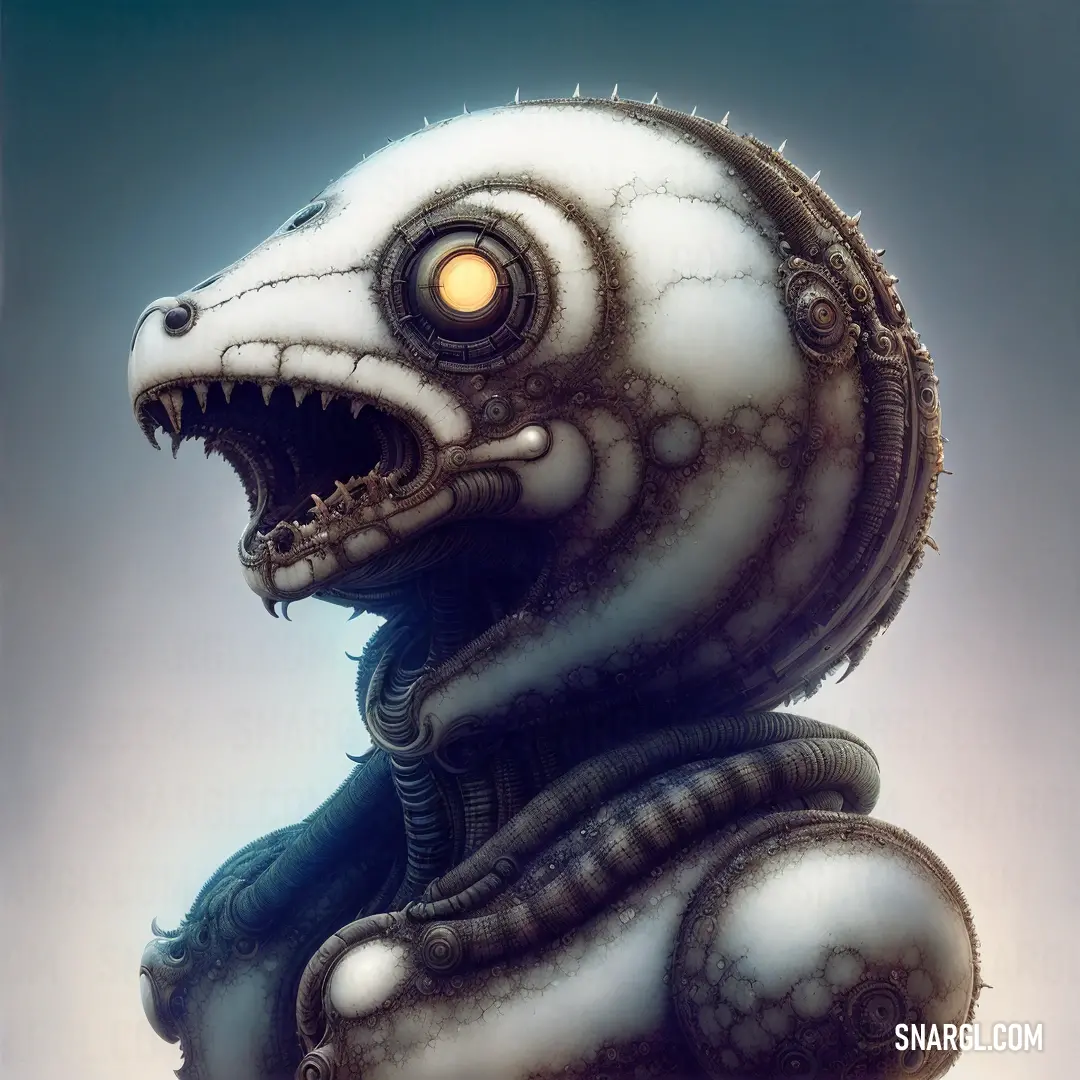
See these colors in NCS, PANTONE, RAL palettes...
What is the animal Agnotozoa known for?
Example of the color palette for the image of Agnotozoa
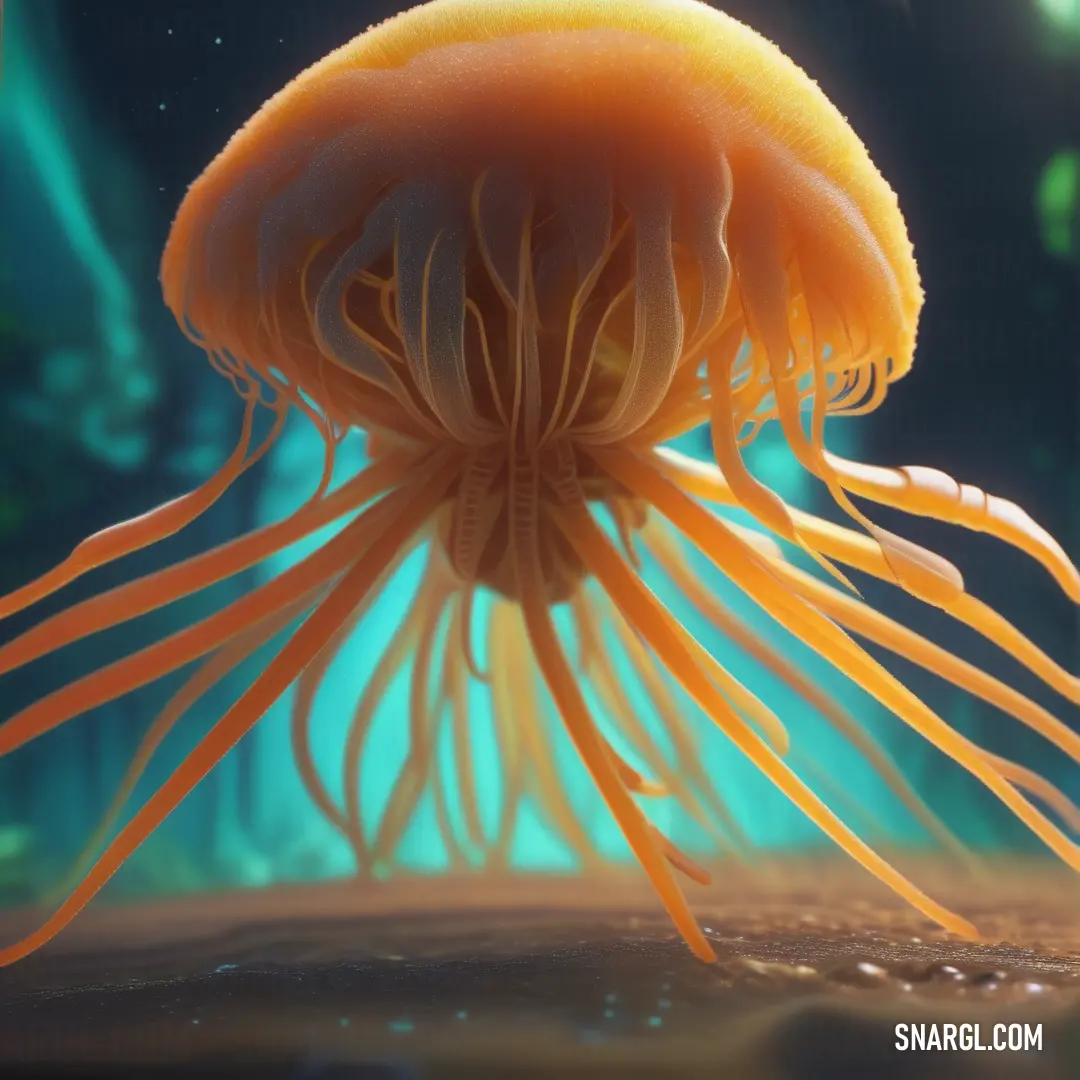
See these colors in NCS, PANTONE, RAL palettes...


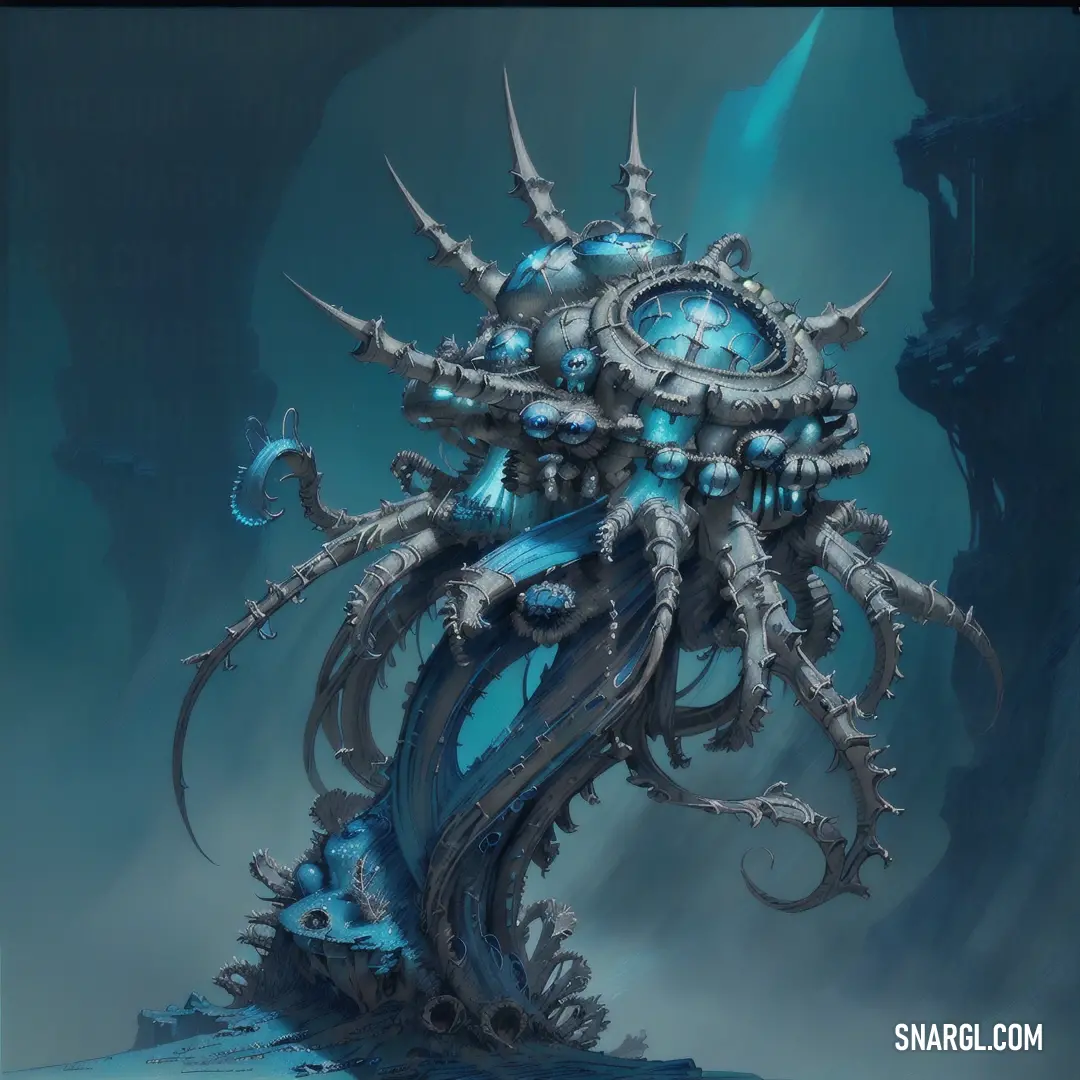

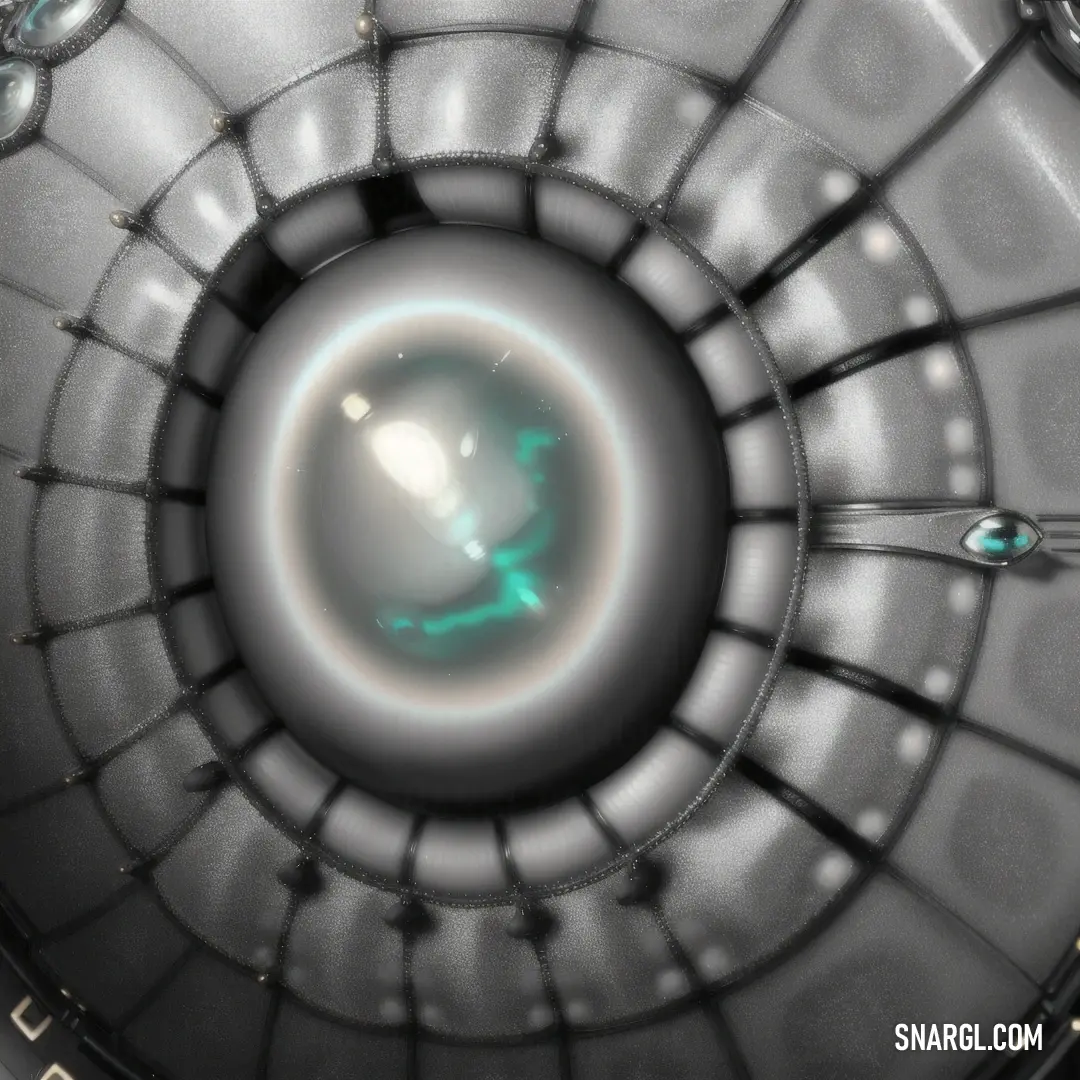
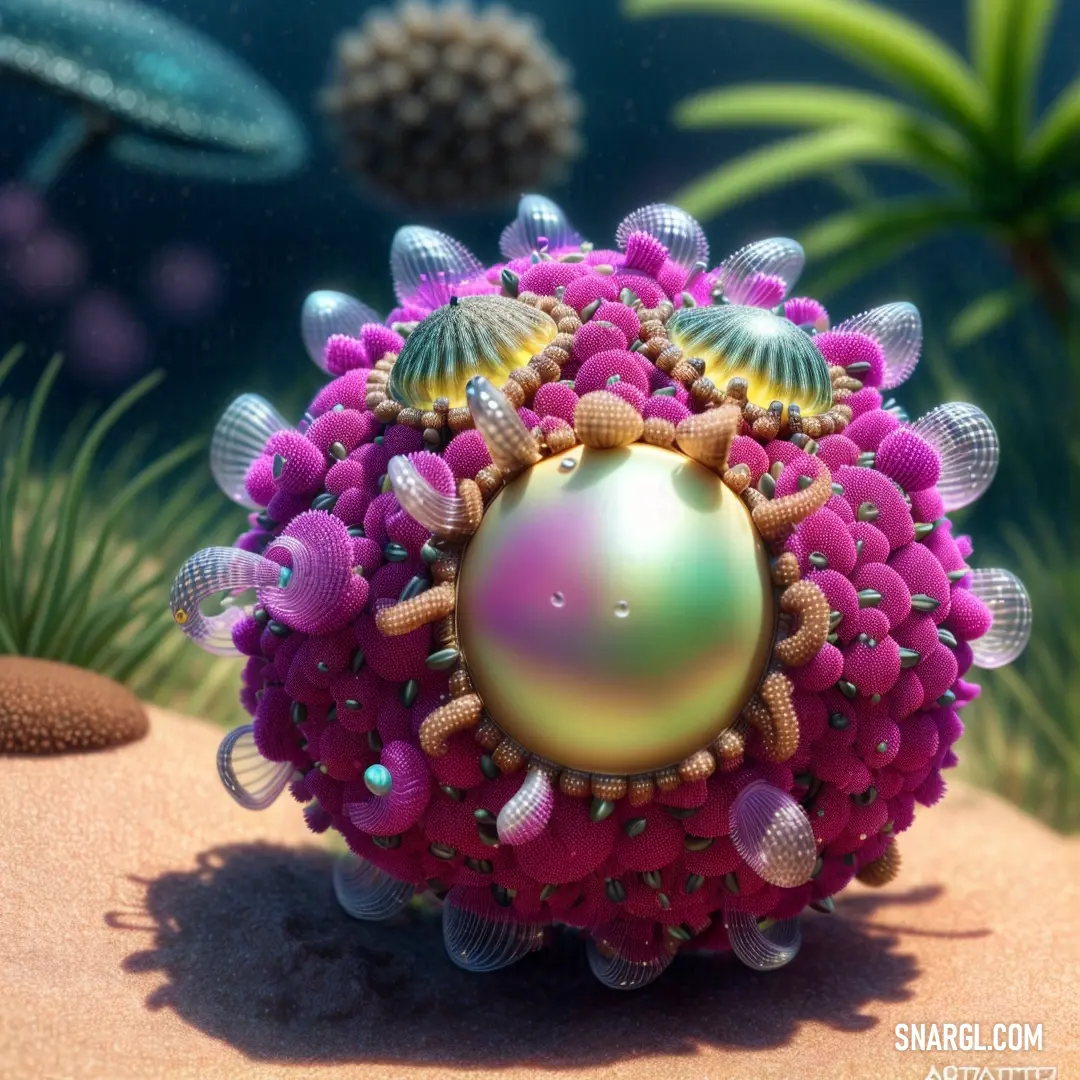

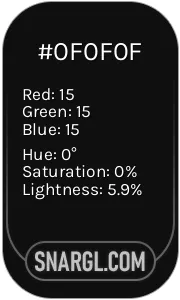 Onyx
Onyx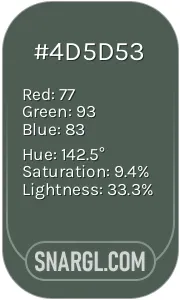 Feldgrau
Feldgrau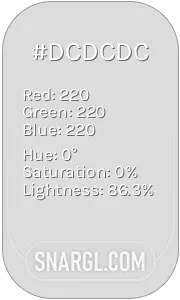 Gainsboro
Gainsboro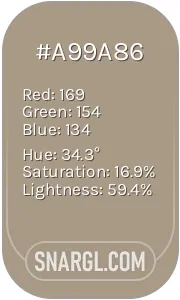 Grullo
Grullo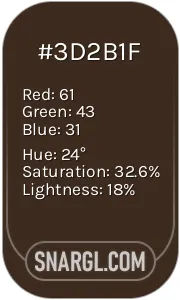 Bistre
Bistre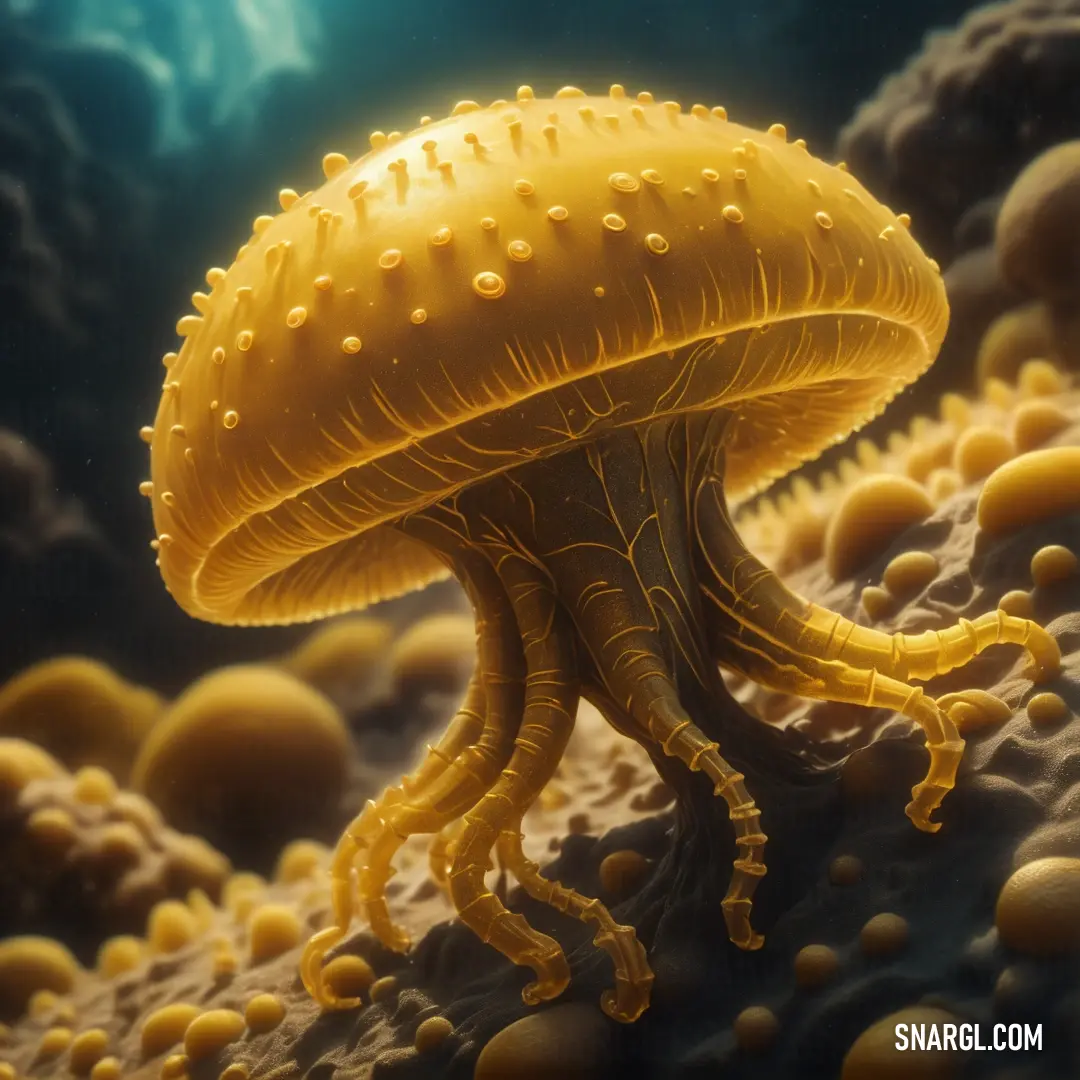
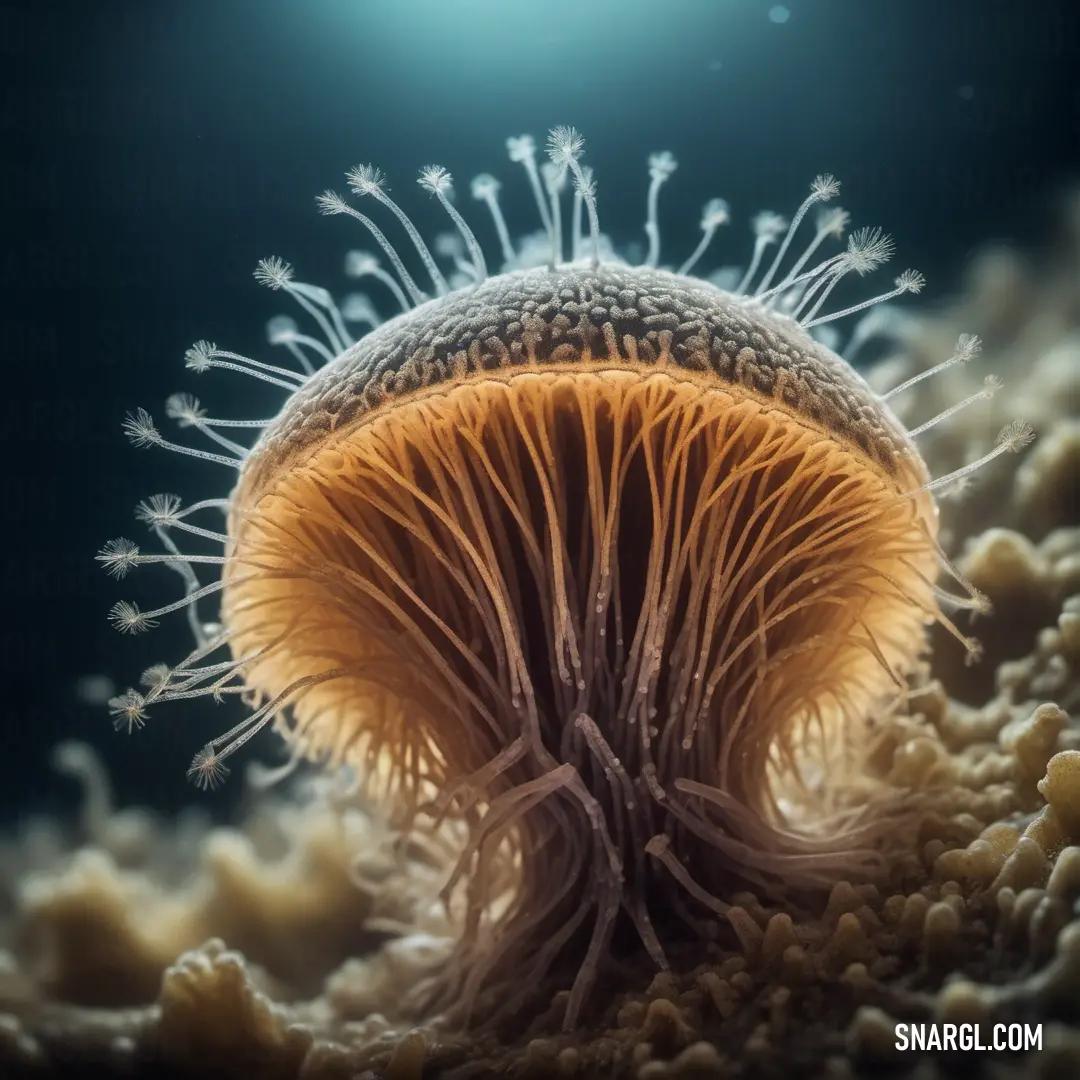
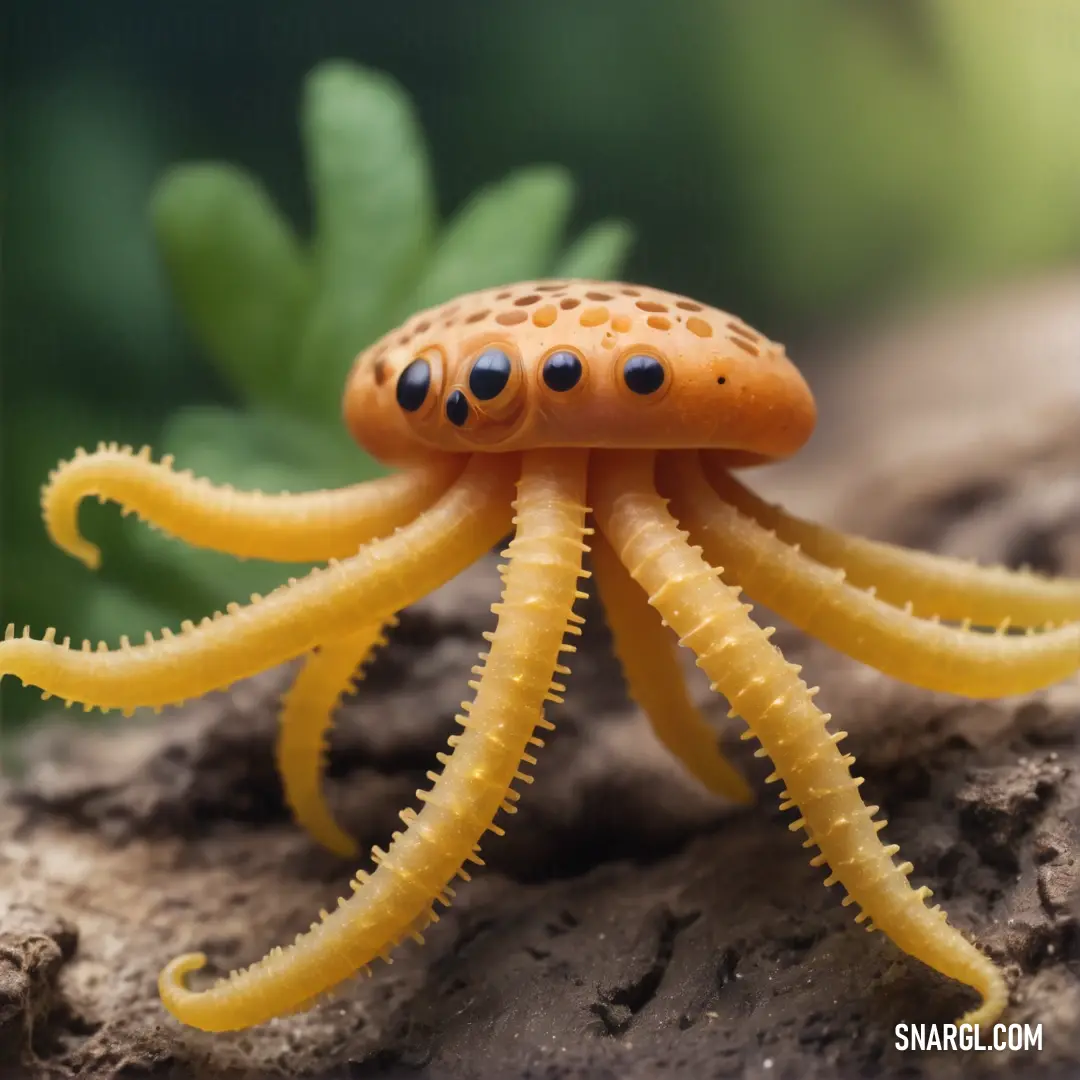
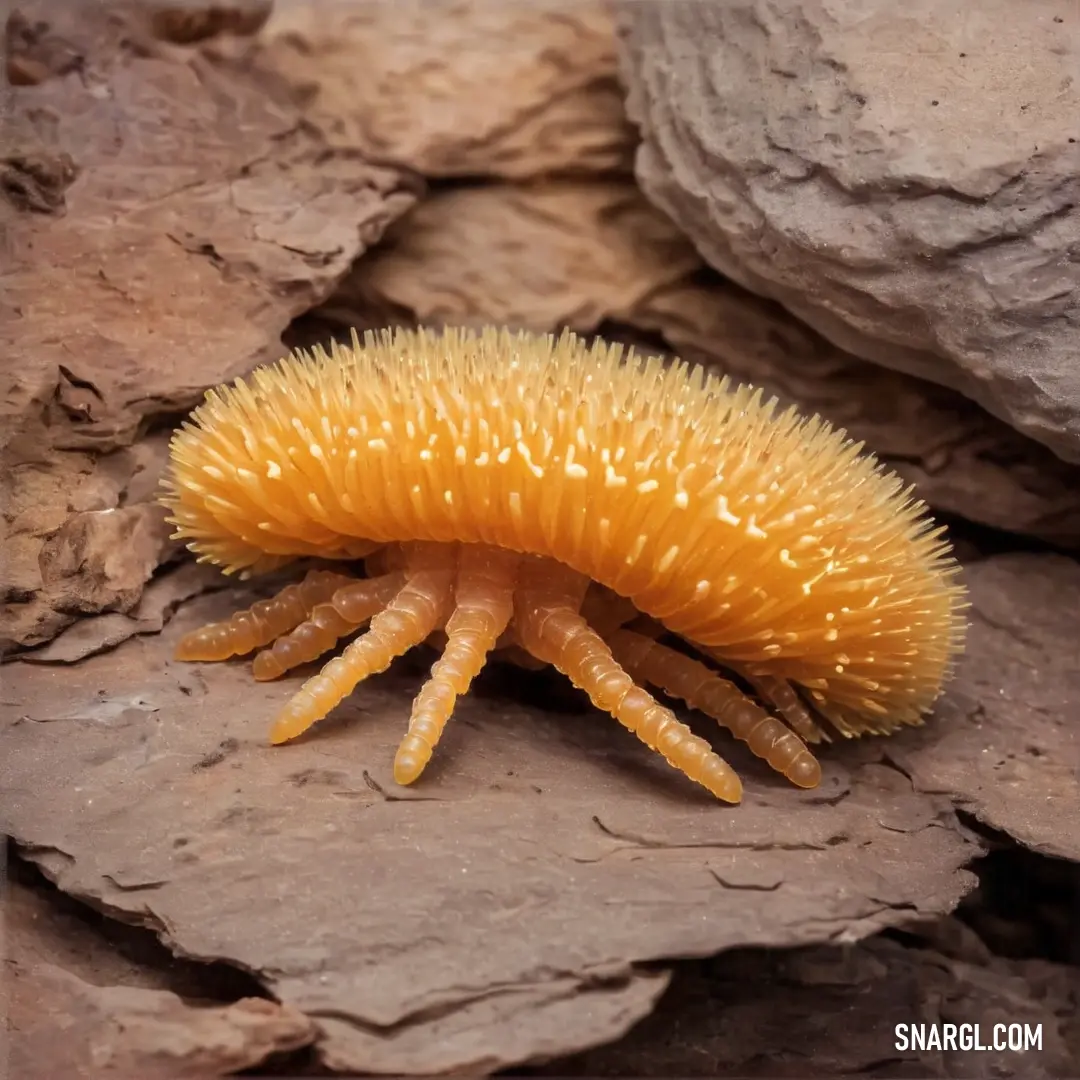
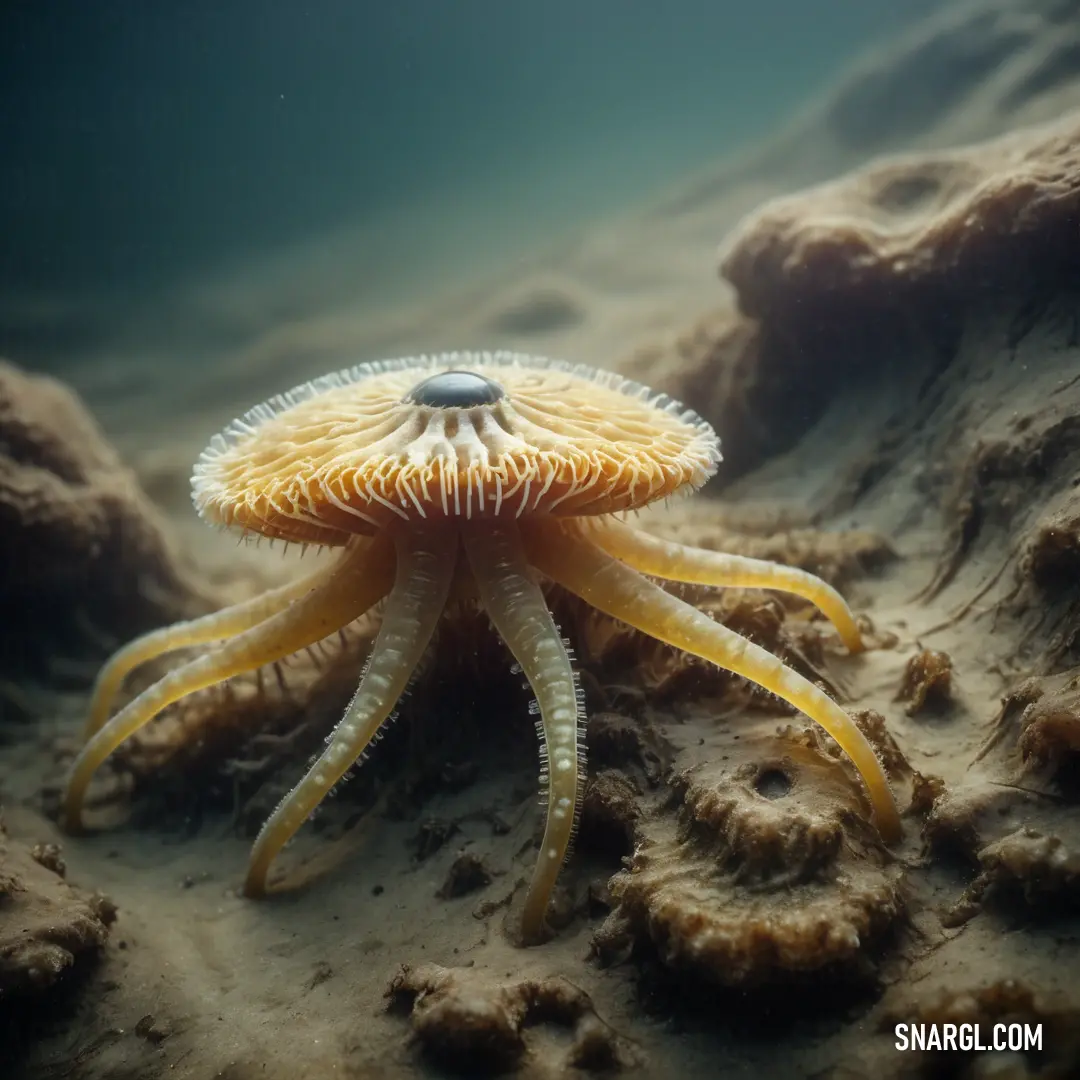
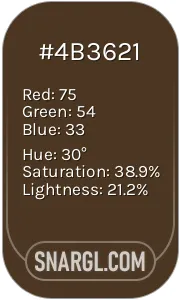 Cafe noir
Cafe noir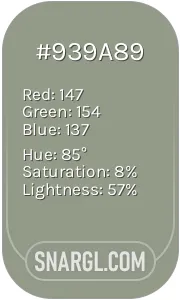 Gray-Tea Green
Gray-Tea Green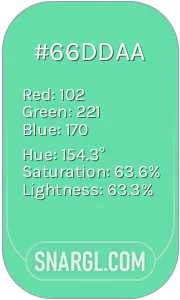 Medium aquamarine
Medium aquamarine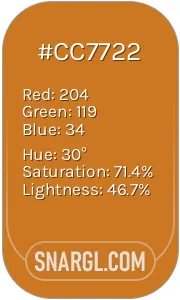 Ochre
Ochre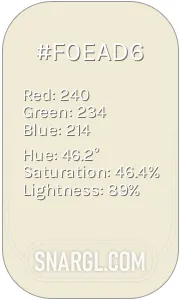 Eggshell
Eggshell







